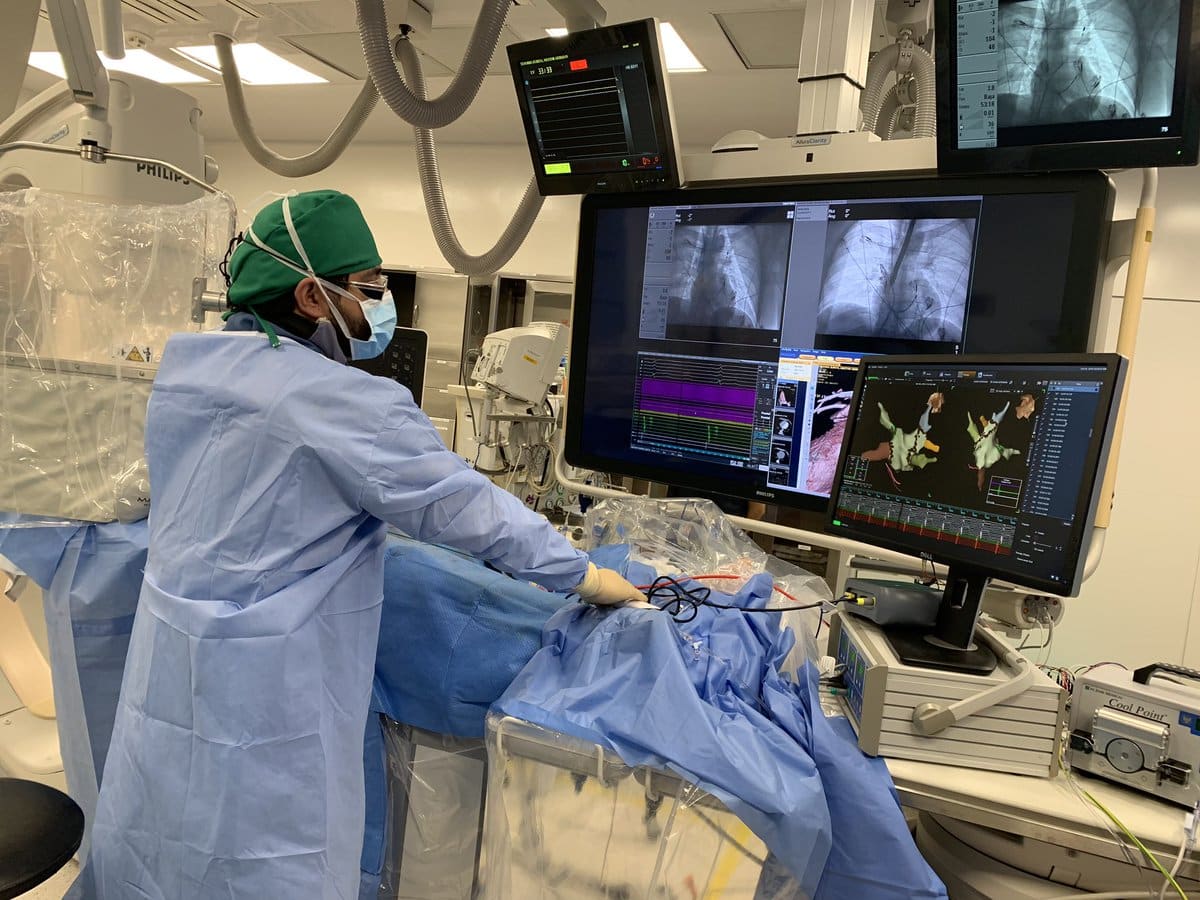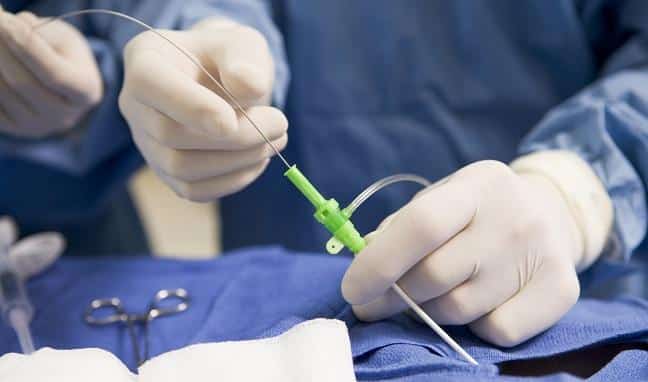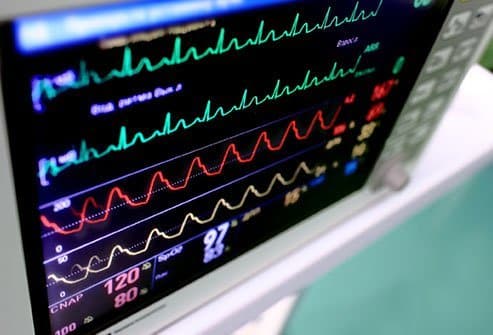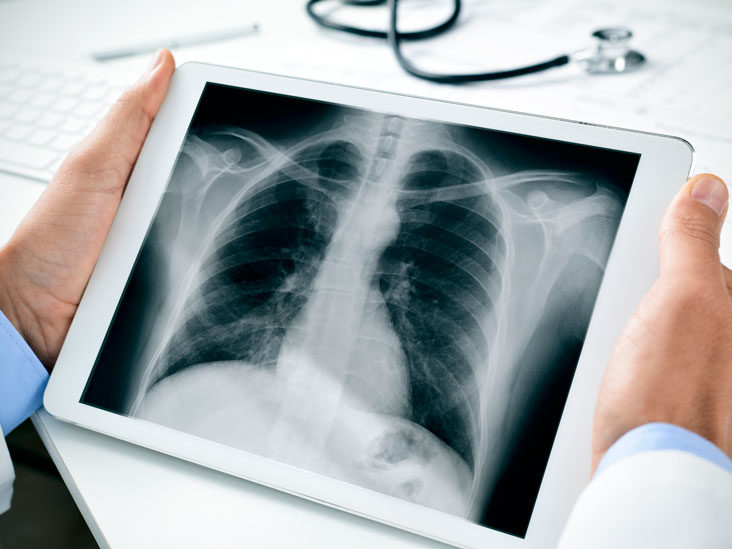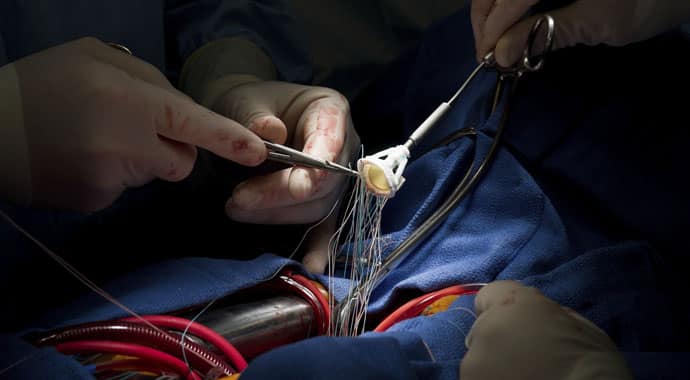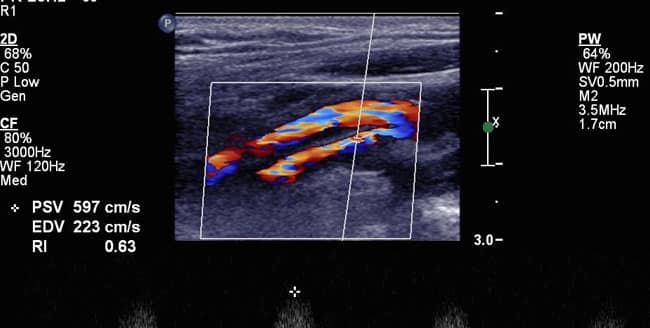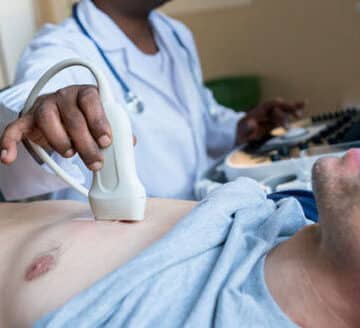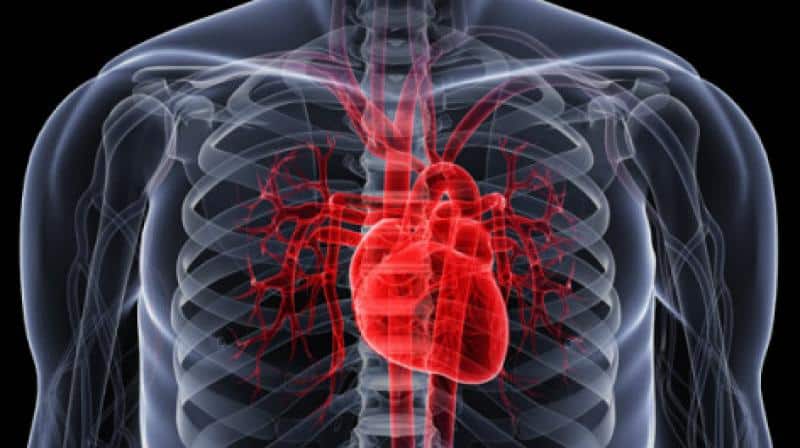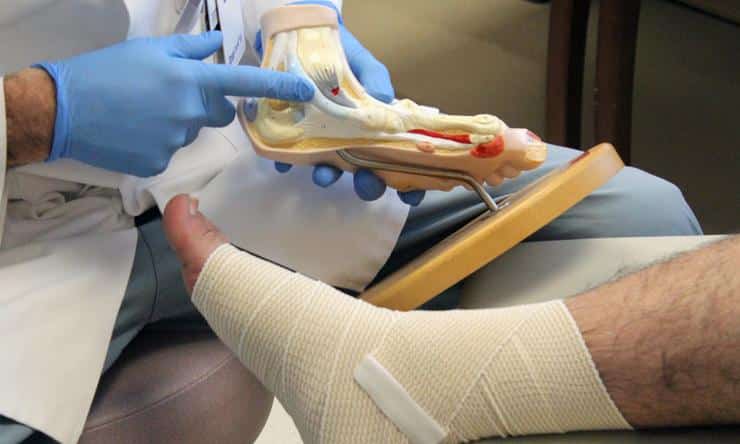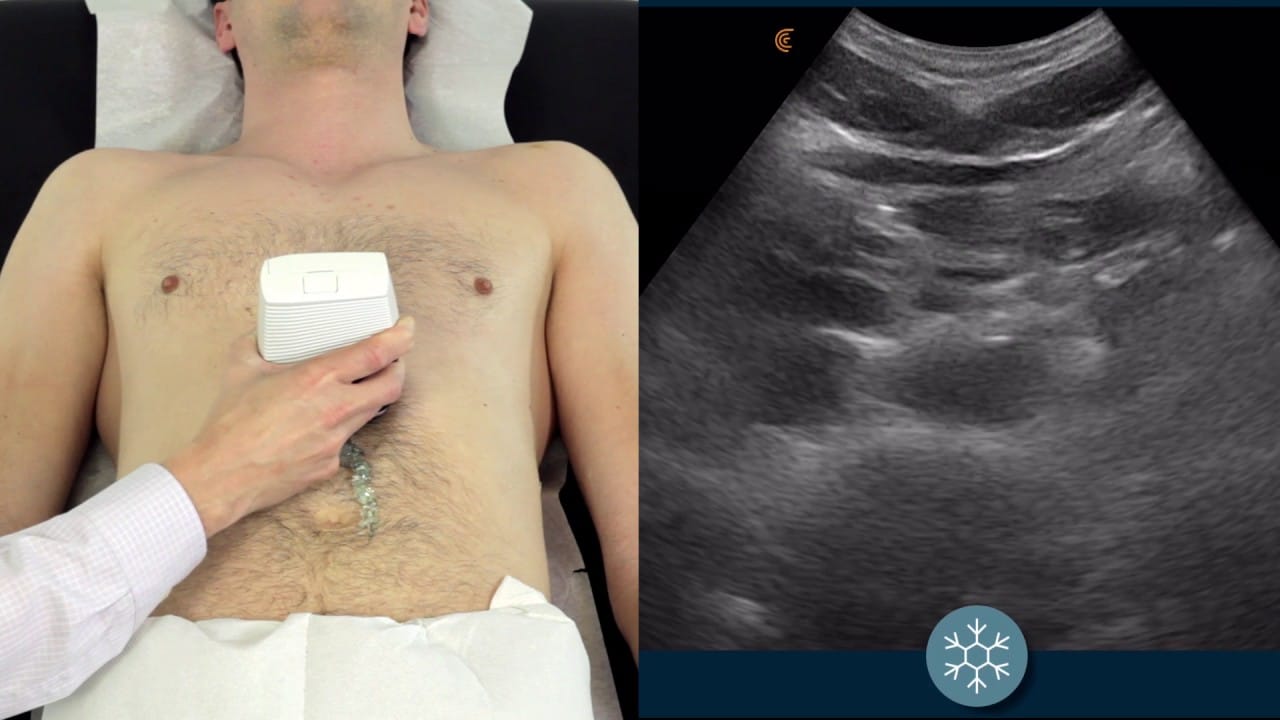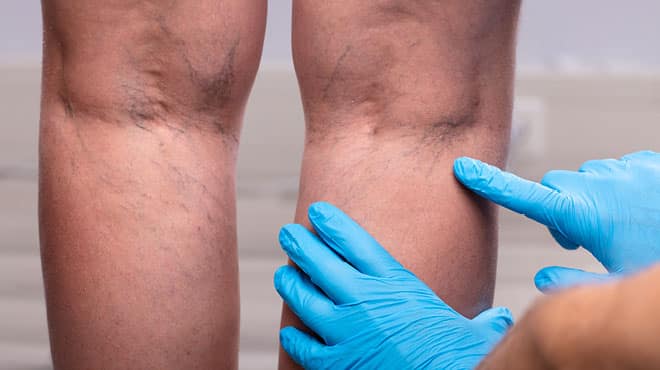Peak Heart & Vascular
Multispecialty Cardiovascular Group located in Laveen, Surprise, Avondale, Phoenix, and Flagstaff, AZ
Our doctors are surgeons and interventionalists that offer treatment of the full spectrum of cardiovascular disease.
This involves the diagnosis and treatment of arterial disease from head to toe.
Vascular Surgery Q & A
What conditions do our vascular surgeons and interventional cardiologists treat?
Our doctors are surgeons and interventionalists that offer treatment of the full spectrum of cardiovascular disease. This involves the diagnosis and treatment of arterial disease from head to toe.
- Limb salvage. Our providers are especially qualified and interested in the treatment of peripheral artery
disease relating to critical limb ischemia. Dr. Smith is the Director of the Amputation Prevention Center
across the Honor Health Network. These procedures are most often performed in a minimally invasive
manner in an outpatient environment. We take a multiple modality approach involving arterial and
venous treatment, and enlist the help of wound care, infectious disease, and podiatry specialists as
needed. - Peripheral artery disease including claudication or pain with walking
- Abdominal Aortic Aneurysms (AAA)
- Thoracic Aortic Aneurysms (TAA)
- Popliteal artery aneurysms
- Varicose veins
- Venous ulcerations and other chronic problems related to venous insufficiency
- Carotid artery stenosis
- Renal artery stenosis causing difficult to control hypertension
- Mesenteric artery insufficiency causing pain and weight loss
What treatments do our vascular surgeons and interventional cardiologists offer?
Our doctors are board certified vascular surgeons and interventional cardiologists offering the full scope of vascular surgery and endovascular treatments including:
- Limb salvage procedures including all endovascular techniques and open bypass.
- Endovascular and open surgery for Peripheral Artery Disease (PAD). Our providers offer the latest technology and treatments for arterial blockages that cause pain in the legs with walking, or claudication. These are continuing to evolve, and include angioplasty, atherectomy, laser, lithotripsy, and stenting.
- Abdominal Aortic Aneurysm and Thoracic Aortic Aneurysm Surgery. This includes the latest technical developments in endovascular surgery including fenestrated and branched endografts. Our providers are on the cutting edge of the development and implementation of this technology and have proctored other doctors on the proper techniques. We also offer open repair of aneurysms when needed.
- Popliteal artery aneurysms including open and endovascular repair Varicose vein treatments. We offer all of the latest treatments for varicose veins including venous ablation, glue, and phlebectomy.
- Carotid artery stenting. We offer the latest innovation in the treatment of carotid stenosis, TCAR (Trans – Carotid Artery Revascularization). This is a minimally invasive hybrid approach to placing a carotid stent safely using flow reversal to prevent any embolization. Our results are excellent and are monitored in a national vascular registry. We also offer traditional Carotid Endarterectomy and transfemoral carotid stenting.
- Carotid endarterectomy. This remains the gold standard for treatment of carotid stenosis in standard risk patients.
- Renal artery stenting

